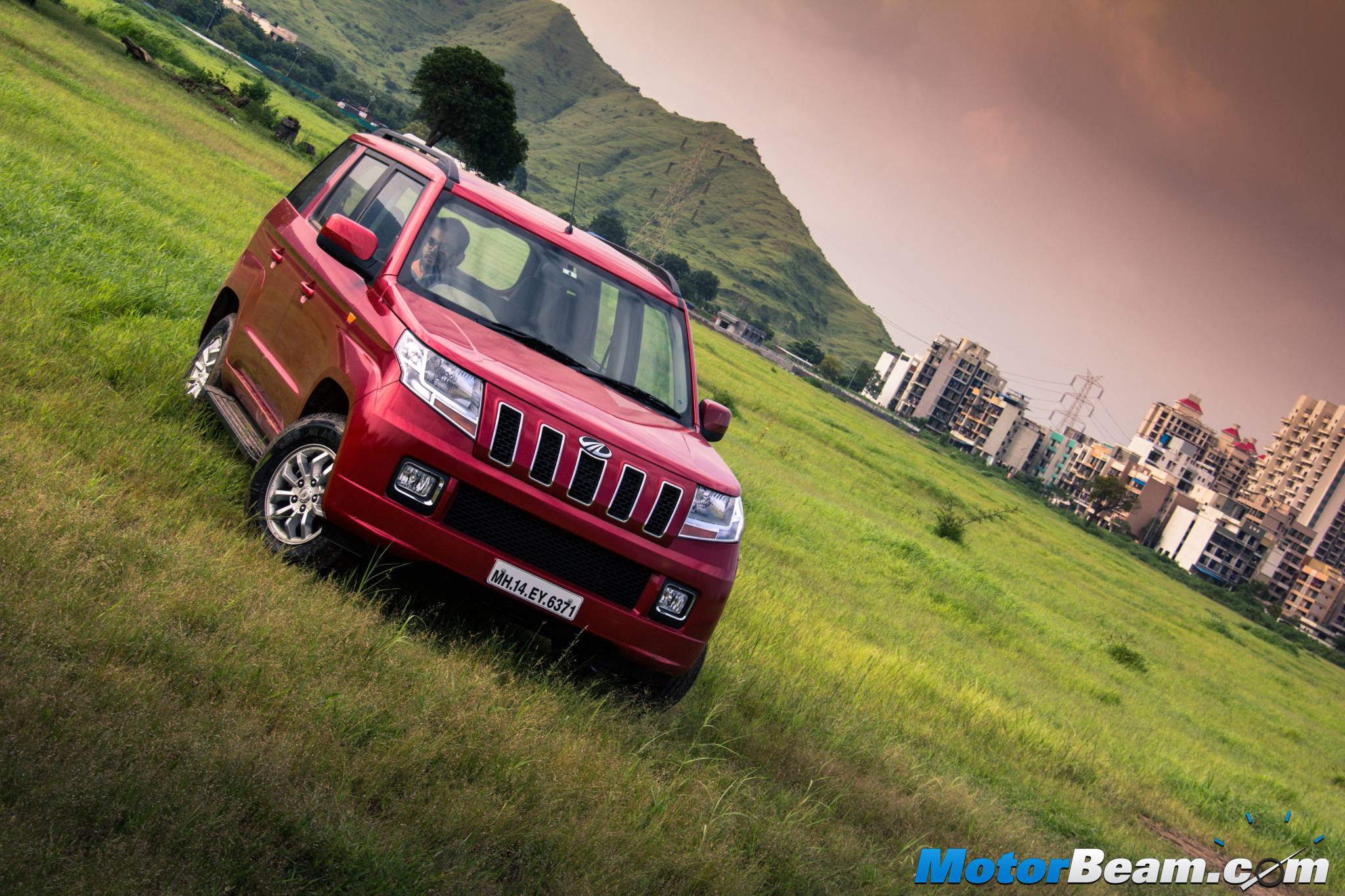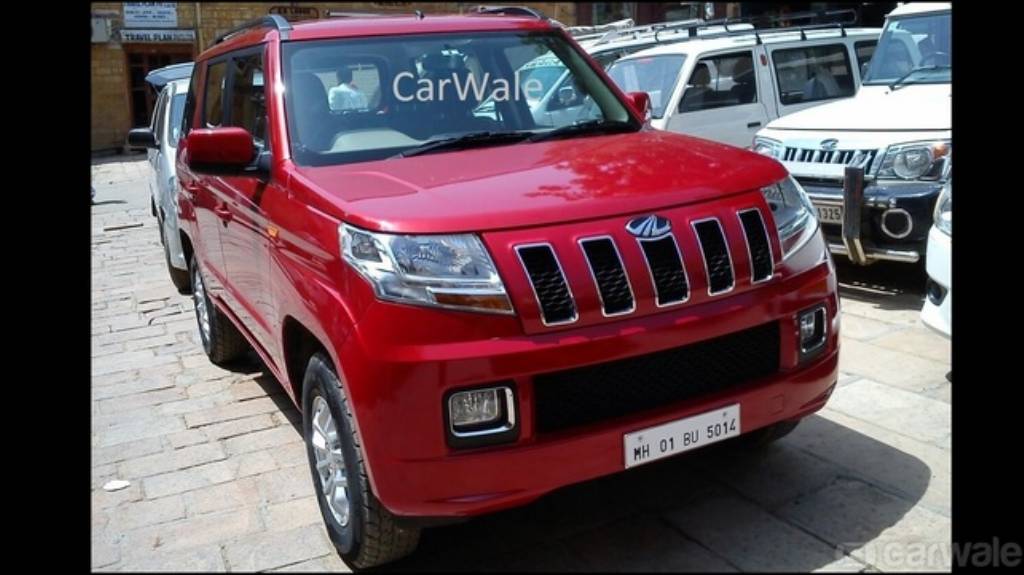The 2.2-litre mHawk is way better than the 1.5-litre 3-cyl unit
Performance – The older Mahindra TUV300 felt quite underpowered with its puny 3-cylinder 1.5-litre diesel engine, especially on the highways and hills. Thus, the mHawk 2.2-litre unit that comes on the TUV300 Plus is a huge relief even though it is offered in its lower 120 PS and 280 Nm state of tune. Mated to this oil-burner is Mahindra’s 6-speed manual transmission while there’s no AT option yet. This engine has a lot of clatter but otherwise isn’t too crude while it has a tendency to get even noisier at high RPMs. It is also quite reliable and is known to be a durable engine. Vibrations in the car are on the higher side, more so when you start or stop the engine. Even the gear lever vibrates a lot.
Driveability is good but don’t expect the TUV to go too fast
The mHawk engine starts feeling strained once you cross 120 km/hr
Putting down 120 horses, the TUV300 Plus doesn’t feel underpowered. In fact, it has pretty good driveability with strong mid-range performance. Lower down the rev band, some turbo lag is felt till up to 1800 RPM. It redlines very quickly after 4000 RPM and frankly most of the punch lies in the middle of the RPM range. On the fuel efficiency front, this MUV gives out 13-15 km/l which includes some hard driving and if you go easy on the throttle you can expect the figure to rise by a couple of kms.
The ESS system gets quite annoying but you can switch it off
There’s also an ECO mode on offer which dulls down the performance in interest of efficiency. The TUV300 Plus also comes with the ESS (micro-hybrid mode) which shuts down the engine when you halt at a signal and then quickly fires it up when you press the clutch. Gear shifts aren’t too hard but sometimes I faced difficulty while trying to slot in reverse. The clutch isn’t very heavy but it isn’t light either and has a long travel. But compared to the older TUV, this engine is an excellent step-up and provides this car a much needed power boost which really increases its driveability quotient.




